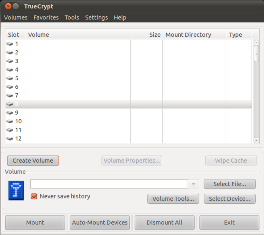In this thread i will go over some different types of antennas commonly in use, I wont list every type of antenna as it would take to long but here are some examples
Yagi-Uda Antenna: Shortened to “Yagi”, most of you will know of this antenna type as it is commonly used for receiving TV signals. Basically it is comprised of a folded dipole which is connected to the lead out cable and is known as the “driven” element as well number of parasitic elements, one behind which acts as a reflector and is 5% longer than the others and one or more in front which are directors, these are not electrically connected to the dipole and have an impact on the gain of the antenna
Yagi antenna:

Helical Antenna: Commonly used for amateur satellite reception this antenna is basically a coil of wire wrapped around a support to hold the correct diameter and spacing between the turns with a grounded reflector at one end. the antenna is circularly polarised and depending on the direction the wire is wrapped will determine the polarisation of the antenna, either being left or right hand circular. this antenna will receive signals that are linearly polarised in any any orientation as well as either left or right hand circular depending on the polarisation of the antenna.
Helical antenna:
Dipole Antenna: This antenna has two elements which are fed from the centre and generally are 1/4 of a wavelength long. they are commonly used as simple fm radio antennas
Dipole antenna:

J Pole Antenna: Also known as a “Zep” antenna as it was used on German Zeppelins. this antenna is made so one element is 3/4 of a wavelength long and the other being only 1/4 of a wavelength long. The antenna is matched to the feedline by a quarter wave transmission line stub.
J Pole antenna:
By Daktologist
